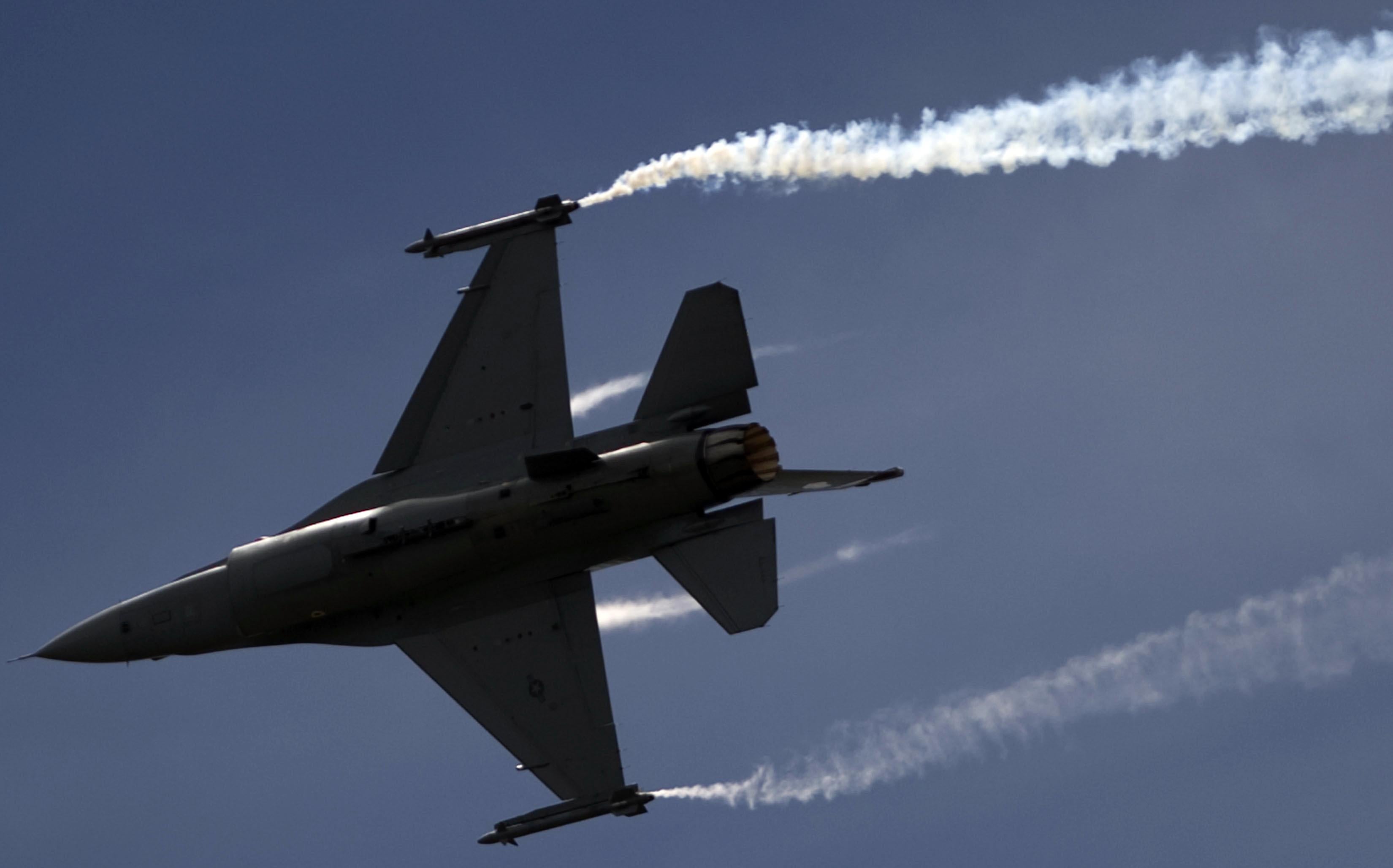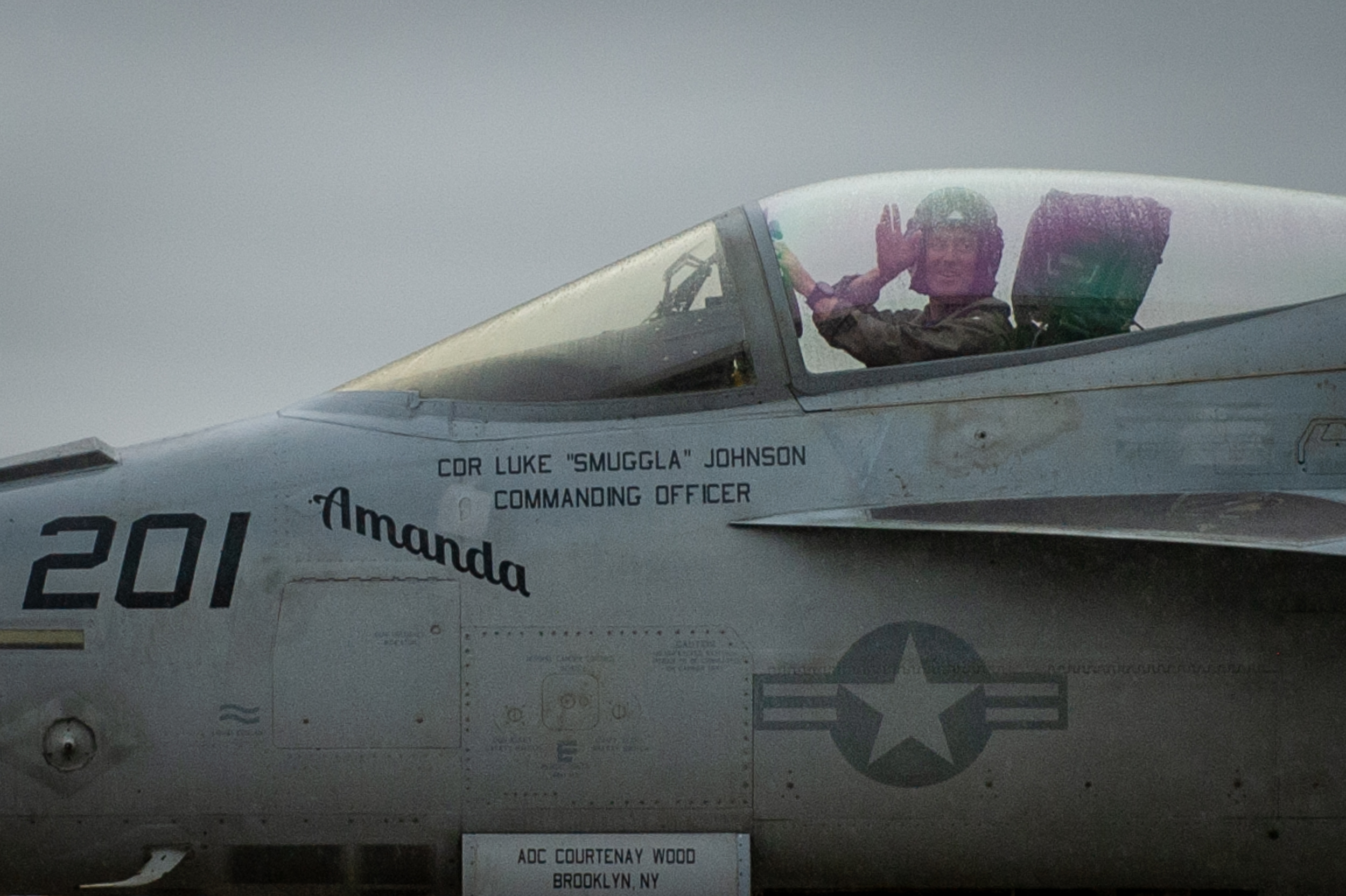Fighter Jet Nicknames - Two crossed lines that form an "X". Indicates a way to close an interaction or dismiss a notification.
A home chevron icon indicates an expanded section or menu, or sometimes previous/next navigation options. Military and defense allies
Fighter Jet Nicknames

The Twitter icon is a stylized bird with its mouth open, tweeting. Twitter icon LinkedIn word "in" LinkedIn Flipboard icon A stylized letter F. Flipboard Facebook icon Letter F. Facebook email icon An envelope. Indicates the ability to send an email. Email link icon Image of a link in a chain. Simulate a website link URL. Copy the link
Aviator Call Signs: History Rituals
So, if you're a loyal WATM reader, you've probably noticed that when we talk about Chinese or Russian ships, they have some strange names.
Fishbed, Flanker, Backfire, Bear, Badger... you might be asking, "How did they get that name?" Well, it's a long story, and it goes back to World War II.
In 1942, Army Air Force Captain Frank McCoy was assigned to head the Army Air Force Intelligence Material Section for the Southwest Pacific. At first, he realized that the pilots could be mistaken for enemy fighters. To resolve this potential confusion, the natives of Tennessee began giving them nicknames.
Fighters were given male names, bombers and other aircraft were given female names, and transports were given names beginning with the letter T. Trainers were given names of gliders for trees and birds.
Air Force Deploys A 10s To Afghanistan To Ramp Up Taliban Fight
The idea was good and began to spread across the Pacific. All was well until a new fighter was nicknamed "Hap" in the Japanese Navy.
You see, it was also the last name of the commander of the Army Air Forces, General Henry "Hap" Arnold. To say Arnold was not happy is an understatement. McCoy was immediately called in to explain.
When the Cold War began, and both the Soviet Union and Communist China became threats, the United States and the North Atlantic Treaty Organization turned to a version of the McCoy naming conventions. They fixed the system.
This time, fighter codenames begin with the letter F, bombers begin with B, transport planes begin with C, other aircraft begin with M. If the name has one letter, it is a prop plane. If it has several syllables, it is a jet. Helicopter names start with the letter H.
U.k. Welcomes Chance To Put British F 35bs On American Warships
The system also covered missiles: air-to-air missiles began with the letter A, air-to-surface missiles began with the letter K, surface-to-surface missiles began with the letter S, and surface-to-air Missiles are launched in S. with the letter G. NATO began using code names for Soviet and Communist Chinese submarines and surface ships.
McCoy retired as a two-star general in 1968, but what he did in World War II still helps pilots and soldiers today. So they call a flanker, a multi-syllable fighter, a flanker.
Read the original article on We Are The Mighty. Copyright 2018. Follow We Are Strong on Twitter. The official language of the US military is English. But to civilians, the military can appear to be speaking a completely foreign language. I'm not just talking about acronyms. Words like woobie or gedunk will give you an odd look outside of the military (or your particular service). This unique naming convention applies exclusively to airplanes. The Department of Defense may have a fancy name for a fighter jet when they buy it, but the pilots and ground crews keep what they call it. While some of these nicknames may be familiar to civilians with a mild interest in modern military aircraft, some are more obscure and specific to service circles.
Thanks to the A-10's widespread popularity on the Internet, it is a much more widely known one. Although officially named as the successor to the World War II fighter that excelled in the close air support role, the Thunderbolt II is often referred to as the Warthog or simply the Hog. The nickname is derived from the beastly roar that the Hogue's iconic GAU-8 Avenger 30mm cannon makes when it fires, as well as its ugly appearance and preference for flying low in the dirt and mud where the action takes place. The barrel also protrudes prominently under the nose of the military aircraft. This lends itself well to one of the A-10's nose art designs resembling a warthog's face, complete with fungus.
Police Investigation Puts Fighter Pilot Call Sign Meetings Under Microscope
Introduced many citizens to the agile and adaptable Fighting Falcon. Naturally, riders call it the Viper. The nickname comes from the military aircraft's sharp appearance which resembles both a Viper and the Colonial Viper Mk2 Starfighter.
. Additionally, the Japanese version of the F-16 is nicknamed the Viper. Derived from the F-16, the Mitsubishi F-2 is nicknamed Viper Zero in reference to the World War II F-16 Viper and Mitsubishi A6M Zero.
Like the A-10, the F-35 is a junior aircraft named after a World War II fighter. Similarly, Lightning II does not work outside of language. In fact, most people call the military aircraft the F-35 or JSF, referring to the Joint Strike Fighter program from which the F-35 came. Instead of using either of these names, Air Force pilots named the F-35 with the unofficial official nickname of Panther. The nickname spread to the Air Force and the service's elite weapons school. Cadets of the 6th Weapons Squadron now wear patches with the F-35 and the words "Panther Tamer". The Panther name has also been extended to the Navy and Marine Corps, whose pilots also fly the F-35; Appropriately, the Navy and Marines previously flew the F9F Panther fighter during the Korean War.

The C-17 is the workhorse of Air Mobility Command. Living up to its official name, the Globemaster III is capable of transporting troops, equipment and even an M1 Abrams tank around the world. The C-17 gained notoriety after airlifting more than 800 refugees from Afghanistan, far exceeding the official passenger capacity of 134 paratroopers. His nickname, Moose, appears to be a reference to the C-17's size and strength. In fact, the nickname has nothing to do with the C-17's appearance or performance. During ground refueling, the C-17 relieves excess pressure in the system through relief vents. The resulting sound is similar to a moose call. But not just any elk call; The call of a female moose in heat. In the wild, the cry is answered by a male's heavy grunt in anticipation of mating. On the flight line, there's likely to be a chuckle from informed airmen.
N Oc333 113
The history of the F/A-18 is interesting because the alphanumeric designation applies to two different military aircraft. The original F/A-18 Hornet consisted of models A, B, C, and D. Serving as the baseline, the Hornet later evolved into the Super Hornet with E and F models, and even the EA-18G Growler. The Super Hornet is more advanced and noticeably larger than its predecessor, resulting in a more pronounced nose. With this feature in mind, pilots began calling the Super Hornet the Rhino, drawing parallels to the animal's iconic horn. This served to differentiate between the Legacy and Super Hornets. It is also a tribute to the F-4 Phantom II which was also nicknamed the Rhino for the same reason.
Fighter jet canvas, fighter jet games, fighter nicknames, fighter jet toys, lego fighter jet, fighter jet party supplies, fighter jet training, f 15 fighter jet, fly a fighter jet, latest us fighter jet, fighter jet flying experience, ngad fighter jet


0 Comments